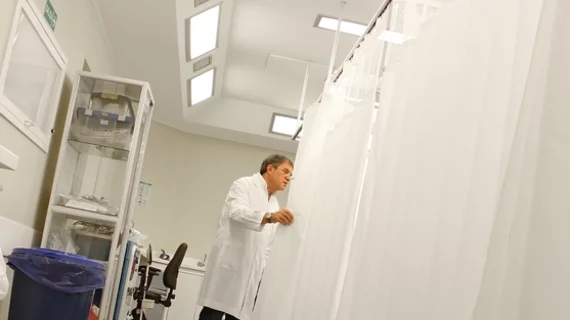Urgent care centers save hospital systems hundreds of thousands in imaging costs
Urgent care centers save emergency rooms hundreds of thousands of dollars every year when it comes to assessing cervical trauma, a new analysis shows.
Experts with a large academic hospital system came to this conclusion after examining the records of patients who received cervical spine imaging at urgent care clinics affiliated with the institution between May 1 and August 31, 2021. Patients who self-initiated the visits after a low-acuity injury were compared to those who sought or were referred to the emergency department at the main campus for care.
This included a total of 143 self-selected, low acuity patients who first underwent imaging at urgent care clinics. After calculating work relative value units (wRVUs) for the urgent care or emergency department imaging type, the experts concluded that the patients’ urgent care visits saved 105.94 wRVUs, or $3696.25, over the four-month study period.
“While UCCs may not have the full capabilities of an ED, they can treat minor to moderate injuries,” corresponding author Marc D. Succi, MD, of the Department of Radiology at Massachusetts General Hospital and co-authors shared. “It is estimated that between 13.7%–27.1% of all ED visits might be conducted at either an UCC or a retail clinic with a cost savings of approximately $4.4 billion annually.”
When the authors expanded their calculations to the yearly costs of having cervical spine radiographs completed at an urgent care rather than a cervical CT scan in the emergency department, they concluded urgent care visits save an estimated $437,928 in healthcare costs within that hospital system.
Their findings, the authors noted, further validate the integration of urgent care centers within larger hospital systems, as they can divert non-emergent cases away from emergency departments, thus saving vital resources.
The full analysis can be viewed in Clinical Imaging.

